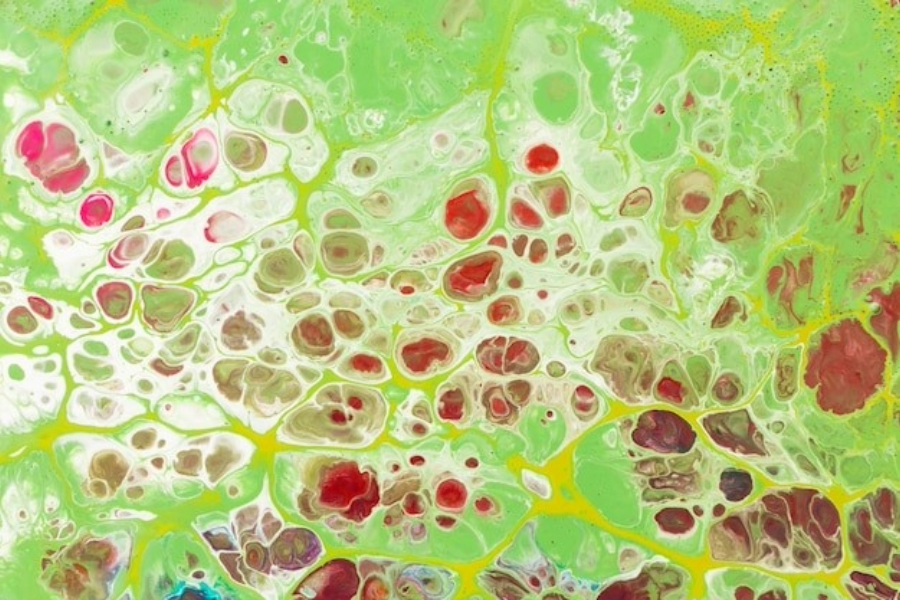Fuzzy Graphs in Neural Networks: Harnessing Uncertainty and Complexity
Fuzzy graphs and neural networks are two prominent concepts in mathematics and computer science, each with its own unique applications and implications. The fusion of these concepts leads to the development of fuzzy graph-based neural networks, a framework that combines the strengths of fuzzy logic, graph theory, and neural networks. This integration is particularly valuable in addressing real-world challenges where uncertainty and complex relationships play a crucial role.
Fuzzy Logic and Fuzzy Graphs
Fuzzy logic extends traditional binary logic by allowing for degrees of truth, which is particularly useful for handling imprecise or uncertain data. Fuzzy sets, defined by membership functions, enable the representation of vague concepts and gradations of membership. This paradigm finds applications in various fields, including control systems, decision-making, and pattern recognition.
Fuzzy graphs, an extension of graph theory, merge fuzzy logic with the structural representation of relationships. In conventional graphs, edges indicate binary relationships between nodes. In fuzzy graphs, these edges are associated with membership degrees, indicating the strength of connections. This framework is advantageous when dealing with situations where relationships are not strictly defined but exhibit varying levels of relevance. Fuzzy graphs provide a more nuanced representation of relationships, making them suitable for modeling intricate connections in complex systems.
Neural Networks: Architecture and Learning
Neural networks are computational models inspired by the structure and function of the human brain. They consist of interconnected nodes (neurons) organized in layers, each performing weighted computations and applying non-linear activation functions. Neural networks excel at capturing complex patterns and relationships within data. They are trained using optimization algorithms like gradient descent, which adjust the weights of connections to minimize a chosen loss function.
Integration of Fuzzy Graphs and Neural Networks
The integration of fuzzy graphs and neural networks offers a powerful approach for handling uncertainty and modeling complex relationships in data. Here’s how these concepts intertwine:
Fuzzy Inputs
Incorporating fuzzy logic into neural networks enables the representation of uncertain inputs. Rather than precise values, inputs can carry degrees of membership in different fuzzy sets. This is particularly valuable in domains where data is inherently uncertain or imprecise, such as medical diagnoses based on symptoms with varying degrees of relevance.
Fuzzy Neurons
Neurons in the network can be equipped with fuzzy activation functions. These functions accept degrees of truth as input and generate fuzzy outputs. This empowers neural networks to process information without the need for clear-cut boundaries. Such an approach is valuable for tasks involving linguistic variables, like sentiment analysis of text data.
Fuzzy Connections
Traditional neural networks employ binary weights for connections. In the context of fuzzy graph-based neural networks, connections can possess fuzzy relationships with varying strengths. This enables the representation of relationships that are not purely deterministic and quantifies the degree of influence between nodes.
Graph-inspired Architectures
Neural networks can adopt graph-like structures where nodes represent entities and edges represent relationships. This architecture is well-suited for scenarios involving relational data, such as social networks or recommendation systems. By incorporating fuzzy relationships, the network can capture the nuanced nature of these connections.
Applications and Advantages
The integration of fuzzy graphs and neural networks has applications across various domains:
- 1. Medical Diagnosis:
Fuzzy graph-based neural networks can aid in medical diagnoses by accommodating uncertain patient data and capturing subtle relationships between symptoms and diseases.
- Social Network Analysis:
Social networks involve intricate relationships that often exhibit varying degrees of strength. Fuzzy graph-based neural networks can better model these relationships, leading to improved analysis and predictions.
- Natural Language Processing:
In tasks like sentiment analysis, the integration of fuzzy graphs allows the network to grasp the varying degrees of sentiment expressed in text.
- Recommendation Systems:
By incorporating fuzzy relationships, recommendation systems can account for diverse levels of user preferences and provide more personalized recommendations.
Conclusion:
In conclusion, the fusion of fuzzy graphs and neural networks offers a robust framework for addressing challenges stemming from uncertainty and complex relationships. This integration extends the capabilities of both paradigms, enabling the modeling of intricate network structures while accommodating degrees of truth. The applications are diverse and impactful, spanning medical diagnostics, social network analysis, natural language processing, and recommendation systems. As research progresses, we can anticipate the emergence of advanced algorithms and architectures that fully leverage the potential of fuzzy graph-based neural networks to solve real-world problems.
Source:
https://www.frontiersin.org/articles/10.3389/fgene.2021.690049/full
https://www.simplilearn.com/what-is-graph-neural-network-article
Featured Image Source: https://www.freepik.com/

